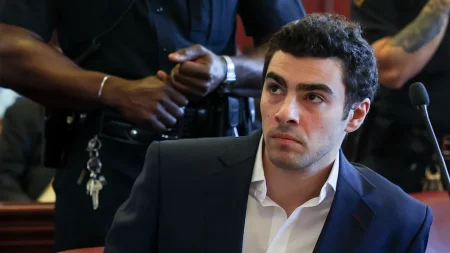The Thrilling Legacy of the New York Marathon’s Closest Finishes
Throughout its illustrious history, the New York Marathon has delivered some of the most heart-pounding finishes in distance running. The iconic race, winding through all five boroughs of the city, has become known not just for its challenging course but for producing nail-biting conclusions that leave spectators breathless. Among these memorable moments, Benson Kipruto’s victory stands as a testament to the razor-thin margins that can separate champions from runners-up in this prestigious event. His photo-finish triumph, decided by mere split seconds, joins a pantheon of similarly dramatic conclusions that have defined the New York Marathon’s reputation for unpredictable and thrilling competition.
These closest finishes reveal something profound about marathon running at the elite level. After 26.2 grueling miles through the varied terrain of New York City, from the Verrazano-Narrows Bridge to the rolling hills of Central Park, athletes can find themselves separated by only arm’s lengths or footsteps. The mental fortitude required in these situations transcends physical preparation, as runners must summon their final reserves of strength and tactical awareness at precisely the right moment. For athletes like Kipruto, victory often comes down to timing the final surge perfectly, judging the remaining distance with precision, and willing exhausted muscles to respond one final time as competitors do the same alongside them.
The drama of these photo finishes transforms the marathon from an individual endurance test into compelling theater. Spectators lining the final stretch in Central Park become part of the moment, their cheers creating a wall of sound that propels tired legs forward. Television cameras capture the strain on runners’ faces, the determination in their eyes, and sometimes even the surprise when they realize just how close their nearest competitor remains. These moments humanize the superhuman feat of marathon running, revealing how even the world’s most conditioned athletes experience the same uncertainty and struggle as they approach the finish line, unsure if their best efforts will prove sufficient until the very last stride.
For the athletes themselves, these closest finishes become defining career moments regardless of the outcome. Winners like Kipruto experience the pure elation of knowing their strategic decisions and years of training culminated in perfect execution when it mattered most. Yet those who finish second often gain equal admiration from the running community, having pushed champions to their absolute limits and sometimes missing victory by margins so small they’re imperceptible to the naked eye. The shared respect between competitors after such finishes often produces touching moments of sportsmanship, with exhausted rivals embracing at the finish line, acknowledging the extraordinary battle they’ve just completed together.
The New York Marathon’s legendary close finishes also reflect the evolution of the event itself. From its humble beginnings circling Central Park to becoming one of the World Marathon Majors drawing over 50,000 participants annually, the race has maintained its unpredictable nature despite advances in training, technology, and course management. These tight conclusions remind us that marathon running remains fundamentally human—subject to weather conditions, tactical decisions, and the mysterious alchemy of how each individual’s body responds on race day. No amount of preparation can entirely eliminate the element of chance or the potential for last-second drama when evenly matched competitors meet on New York’s streets.
Beyond their immediate drama, these closest finishes become part of the New York Marathon’s rich tapestry, stories retold year after year as new runners test themselves against the course. Benson Kipruto’s name now joins others whose victories were measured in fractions, their performances becoming benchmarks against which future dramatic conclusions will be compared. For recreational runners and spectators alike, these moments of supreme competitive tension elevate the New York Marathon from sporting event to cultural institution—a stage where human potential is tested, where courage is demonstrated, and where the thinnest of margins can separate those who make history from those who nearly did. In this way, the race’s closest finishes serve as perfect metaphors for New York itself: competitive, unpredictable, and capable of producing moments of breathtaking drama that remain etched in memory long after the last runner has crossed the finish line.










